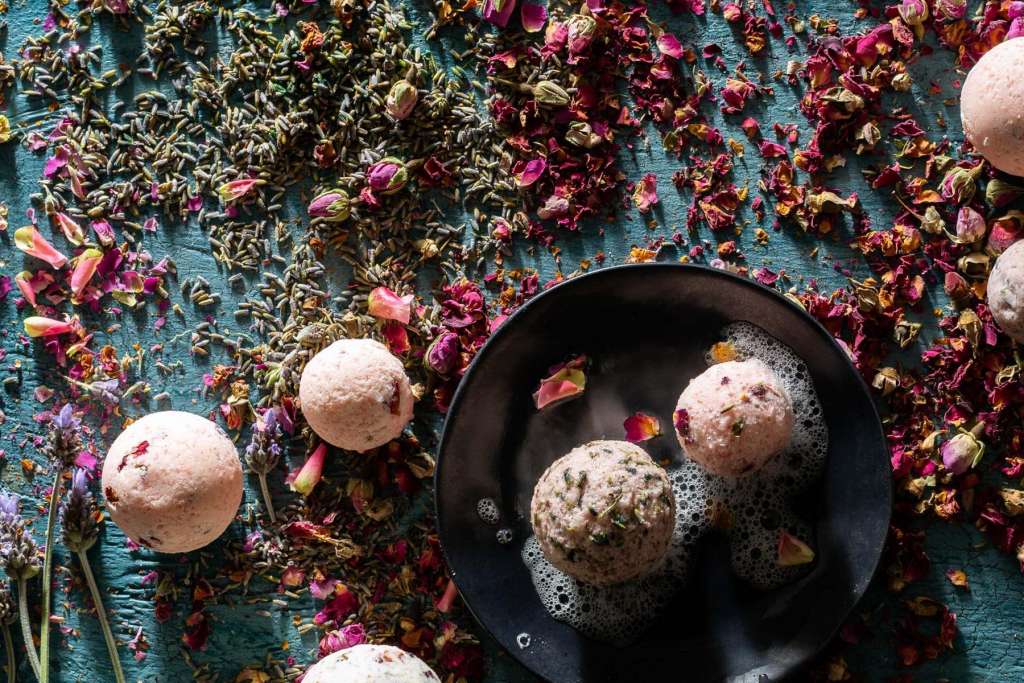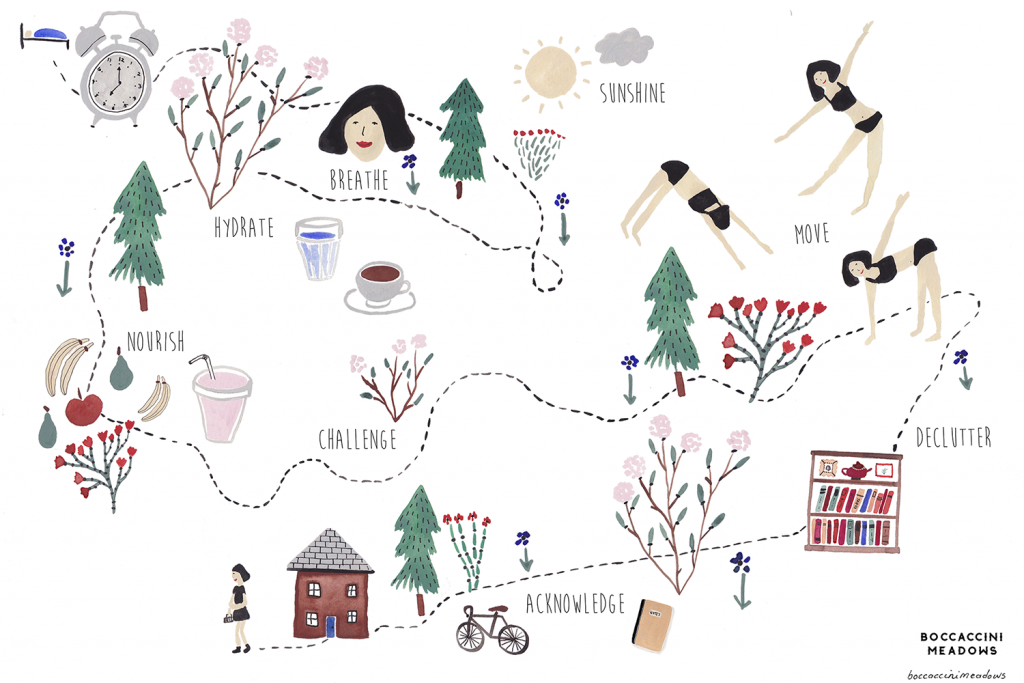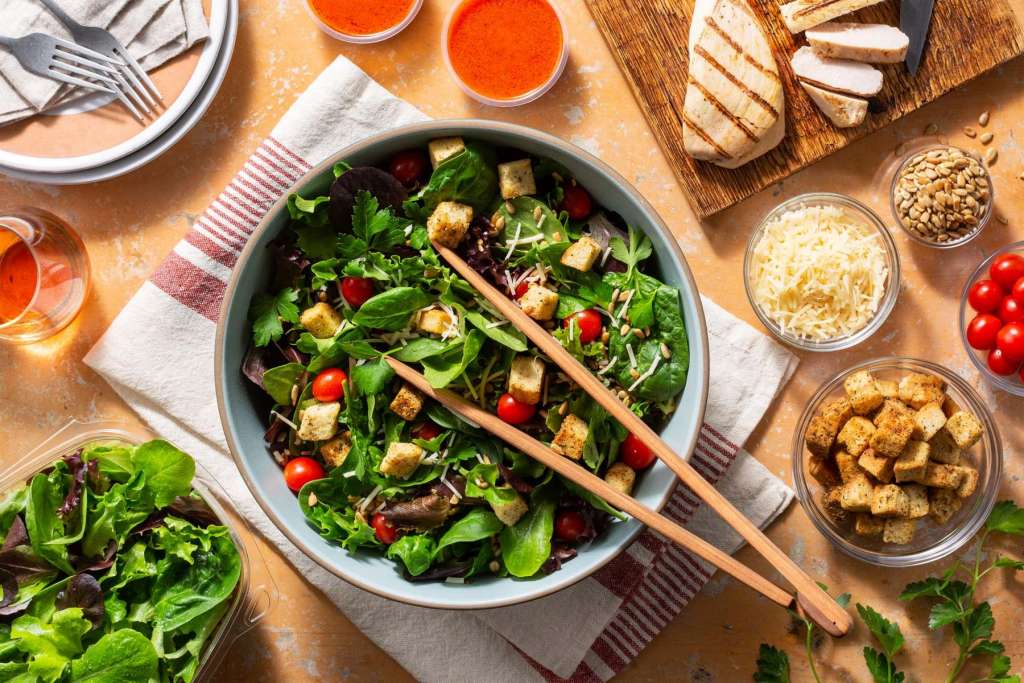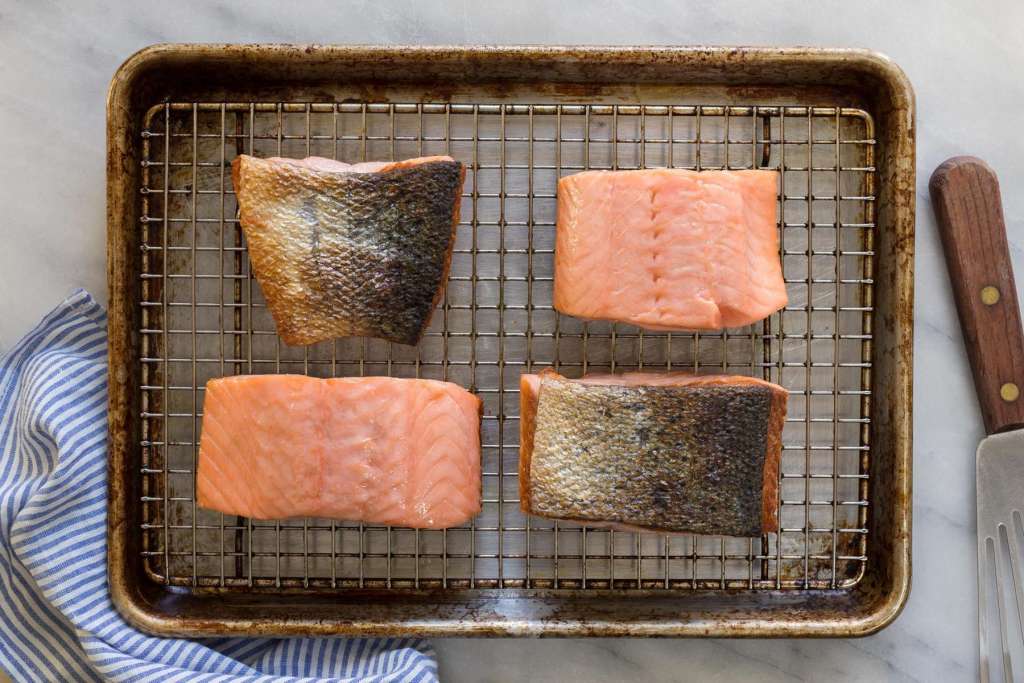The Color of a Healthy Plate
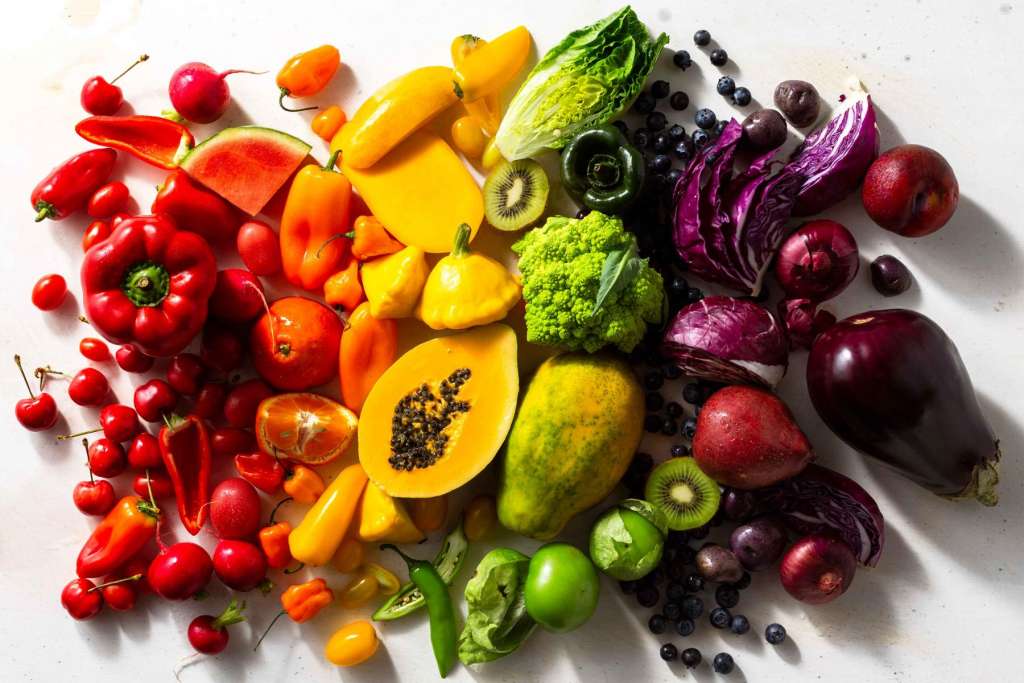
One of the easiest ways to make sure you’re getting all the nutrients you need is to eat a wide variety of foods, and a simple way to do that is to fill your plates with colors. Nature’s own color-coding system ensures that different compounds in foods—including vitamins, minerals, antioxidants, and phytochemicals—create a variety of colors in fruits and vegetables. These natural minerals and compounds have healing powers to help protect plants from germs, bugs, the sun’s harmful rays, and other threats. And when humans eat them, we can reap the same benefits.
Green
Cancer-fighting antioxidants and vitamins A, C, and E are often found in green foods such as asparagus, cucumbers, avocados, and leafy greens like kale and spinach. Green vegetables and fruits also tend to be rich in iron, folic acid, and potassium.
Orange and Yellow
Grandma was right when she said eating carrots would be good for your eyesight. Orange and yellow foods are a source of lutein, an antioxidant that helps protect the eyes from degeneration, as well as vitamin C. These benefits are not limited to carrots; also try incorporating more sweet potatoes, pineapple, corn, and citrus fruits into your diet.
Blue and Purple
Full of anthocyanins, blue and purple foods contain antioxidants that may help prevent heart disease, support healthy blood pressure, and have cancer-fighting properties. Get your daily dose from blackberries, radicchio, eggplant, grapes, plums, and blueberries.
Red
The predominant pigment in red fruits and vegetables is lycopene, a powerful antioxidant that’s associated with a reduced risk of some cancers and protection against heart attacks. Red foods like beets, cherries, apples, strawberries, and tomatoes also tend to be good sources of vitamin C, folate, and flavonoids, which reduce inflammation.

